GPT-5: Beyond the "Lack of Innovation" Narrative – Unlocking This Year's Most Overlooked Investment Signal
![]() 08/08 2025
08/08 2025
![]() 461
461
GPT-5 has finally arrived. 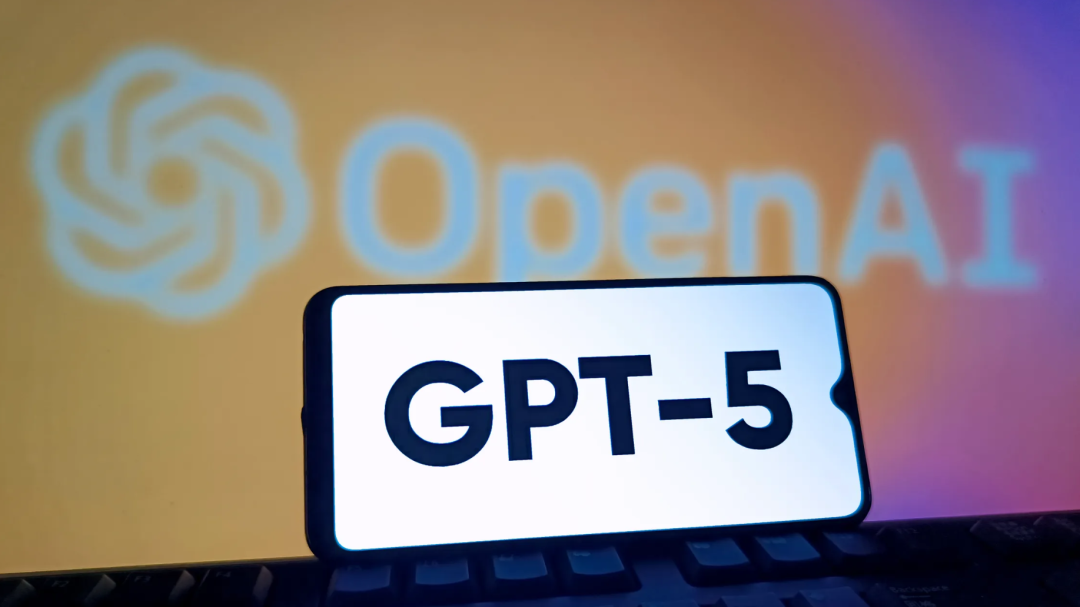
However, amidst the flurry of discussions in AI circles, a subtle sense of "disappointment" is emerging. Many voices contend that, in contrast to GPT-4's breathtaking debut, GPT-5 feels more like a steady yet "unremarkable" upgrade, with some even jesting that it's merely a "powered-up version of GPT-4.1". Additionally, the continuous loss of talent and organizational turmoil within OpenAI have fueled the narrative of "lack of innovation". From the mass exodus of core security team members to key technical talents being poached by competitors, outsiders can't help but wonder: Has the internal chaos at OpenAI already impacted its products, hindering its ability to achieve disruptive innovation? 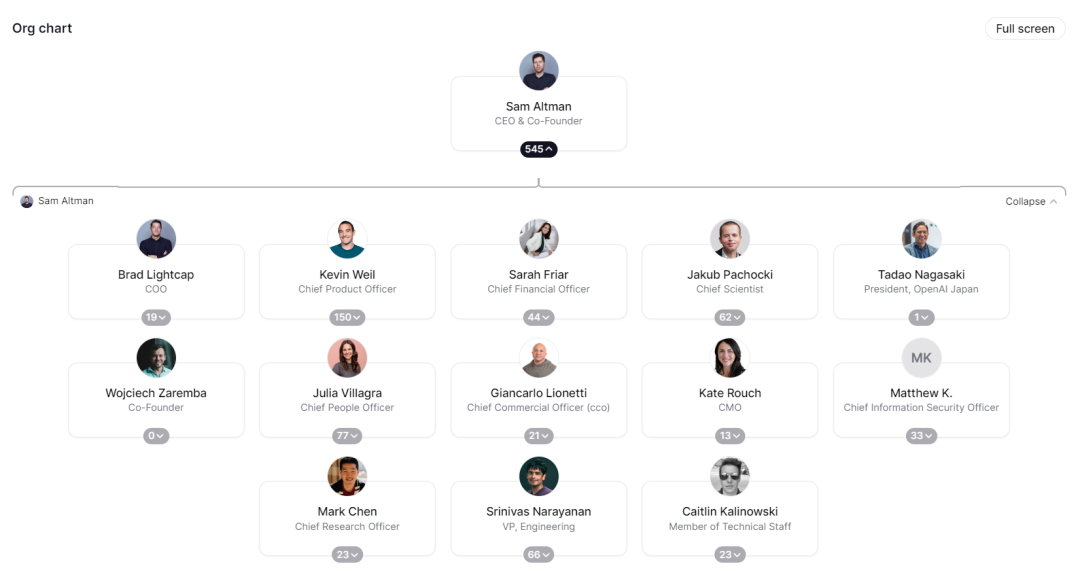
Yet, when we shift our focus away from organizational changes and re-center on the product itself, have market observers overlooked the remarkable strides GPT-5 has made in "reliability" and "practicality", amidst widespread debate over its "lack of innovation"? To gain insights, we promptly reached out to a former senior research scientist from Google DeepMind, who was deeply involved in the development of the PaLM 2 model. We posed a pivotal question: How will GPT-5 reshape the investment logic in the secondary market? In three succinct sentences, he offered a perspective starkly different from the mainstream market perception.

"The market is seeking the amazement of an 'iPhone moment', but they've missed the mark. GPT-5's true competitive edge lies in its qualitative transformation from a 'toy' to a 'tool'. Its leap in reliability—a 45% reduction in factual error rates—signals that enterprise-level AI applications will transcend the threshold from 'small-scale pilots' to 'large-scale deployments' for the first time."
This shift will fundamentally reevaluate the value of all AI-dependent SaaS companies, and the investment logic will pivot from pursuing 'model parameters' to embracing 'business processes'." The scientist pinpointed the market's core misconception: an excessive fixation on "wow factors". He explained that since the advent of ChatGPT, the public and capital markets have been anticipating the next disruptive functionality akin to the first iPhone's touchscreen, capable of captivating the world with a simple demo. However, this expectation overlooks the technology maturity curve's inevitable trajectory: following a breakthrough innovation, a prolonged and crucial "reliability climb" ensues. In the GPT-4 era, the AI's "hallucination" issue posed a significant obstacle on its path to commercialization. For individual users, AI occasionally fabricating facts might be innocuous and even spark social media buzz. For instance, the classic query: which is larger, 9.11 or 9.9?  But for enterprises, particularly in finance, law, healthcare, and engineering—sectors intolerant of inaccuracies—an unreliable AI resembles a ticking time bomb. No law firm would dare use an AI assistant that might invent contract clauses; no investment bank would trust an AI model prone to misreading financial report data in valuation construction; and no pharmaceutical company would rely on an AI conjuring chemical formulas for drug development. GPT-5's 45% reduction in factual error rates marks a revolutionary milestone. This figure signifies not just a linear improvement but a critical threshold crossed in AI usability. It implies that AI outputs have transitioned from "requiring 100% human expert review" to "requiring only critical human oversight". This transformation will directly unlock the trillion-dollar enterprise application market.
But for enterprises, particularly in finance, law, healthcare, and engineering—sectors intolerant of inaccuracies—an unreliable AI resembles a ticking time bomb. No law firm would dare use an AI assistant that might invent contract clauses; no investment bank would trust an AI model prone to misreading financial report data in valuation construction; and no pharmaceutical company would rely on an AI conjuring chemical formulas for drug development. GPT-5's 45% reduction in factual error rates marks a revolutionary milestone. This figure signifies not just a linear improvement but a critical threshold crossed in AI usability. It implies that AI outputs have transitioned from "requiring 100% human expert review" to "requiring only critical human oversight". This transformation will directly unlock the trillion-dollar enterprise application market.

"While everyone discusses the model's capabilities, they overlook its 'economic intelligence'. The built-in 'Smart Router' is the key to profitability. It answers most simple questions using the least costly computing resources, drastically reducing reasoning costs and boosting gross margins. This directly addresses the secondary market's primary concern about AI companies being a 'bottomless pit of burning money', proving that a scalable path to profitability exists and is not merely a distant dream."
If reliability addresses whether AI "can be used", GPT-5's built-in "Smart Router" solves the critical question of whether AI "can be afforded". Since the large model competition intensified, the specter of "burning money" has loomed over the entire industry. Each user interaction with a large model involves the high-speed operation of thousands of costly GPUs in data centers, leading to high reasoning costs. This has raised doubts about AI companies' business models: Can a model akin to "using a Lamborghini for pizza delivery" truly be profitable? GPT-5's "Smart Router" architecture represents a fusion of engineering and business acumen. It functions like an experienced traffic dispatcher, instantly assessing the complexity of a user's request. 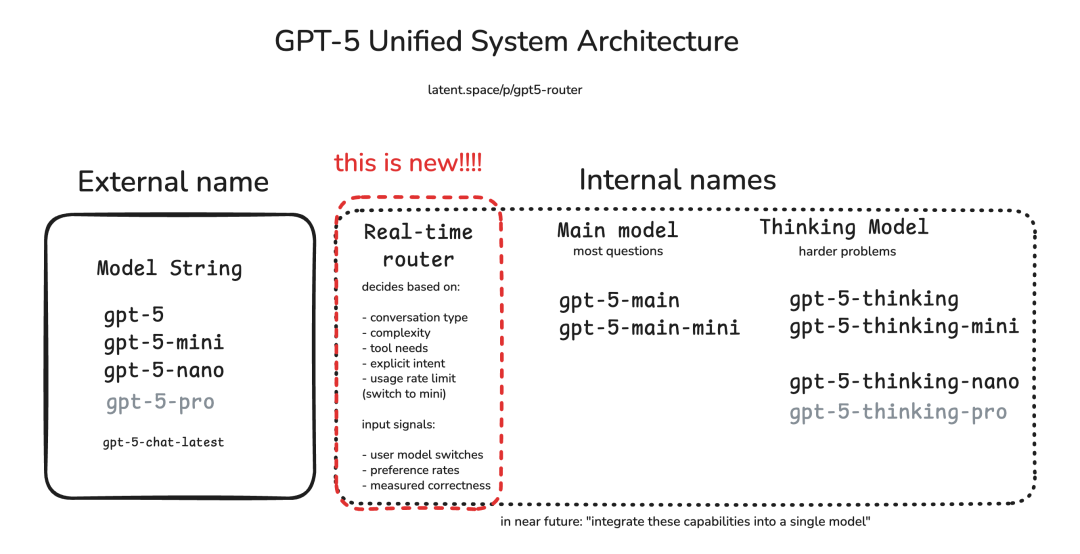 For queries like "What's the weather like today?" or "Help me draft a simple thank-you email", the router invokes a lightweight, efficient, low-cost small model. For doctoral-level challenges like "Analyze this 200-page financial report and predict its cash flow for the next three years", the router awakens the powerful GPT-5 core model. This refined cost control has revolutionized the unit economics of AI services, demonstrating that OpenAI has proven to the world that scalable AI services can be a profitable venture, not just a money-losing proposition.
For queries like "What's the weather like today?" or "Help me draft a simple thank-you email", the router invokes a lightweight, efficient, low-cost small model. For doctoral-level challenges like "Analyze this 200-page financial report and predict its cash flow for the next three years", the router awakens the powerful GPT-5 core model. This refined cost control has revolutionized the unit economics of AI services, demonstrating that OpenAI has proven to the world that scalable AI services can be a profitable venture, not just a money-losing proposition.

"GPT-5's 'Agentic' capabilities are severely underestimated. It's no longer just a 'coding assistant' but the prototype of a 'junior digital employee'. When a model can end-to-end complete tasks like website development or complex data analysis, it ceases to be a SaaS tool and becomes a SaaS replacement.", Secondary market investors must promptly consider: Which listed software companies' competitive advantages will be eroded by this 'AI Agent' within the next 24 months? This opens a new window of opportunity for hedging and short selling.", This is the most disruptive and market-unsettling viewpoint shared by the scientist. While the public celebrates GPT-5's enhanced coding assistance, they fail to recognize that the "co-pilot" is quietly assuming the "driver's seat".
GPT-5's "Agentic" capabilities signify that it no longer merely responds to commands but can comprehend complex goals, autonomously decompose them into multiple steps, invoke various tools (e.g., browsers, code interpreters, APIs) for execution, and ultimately complete the task.
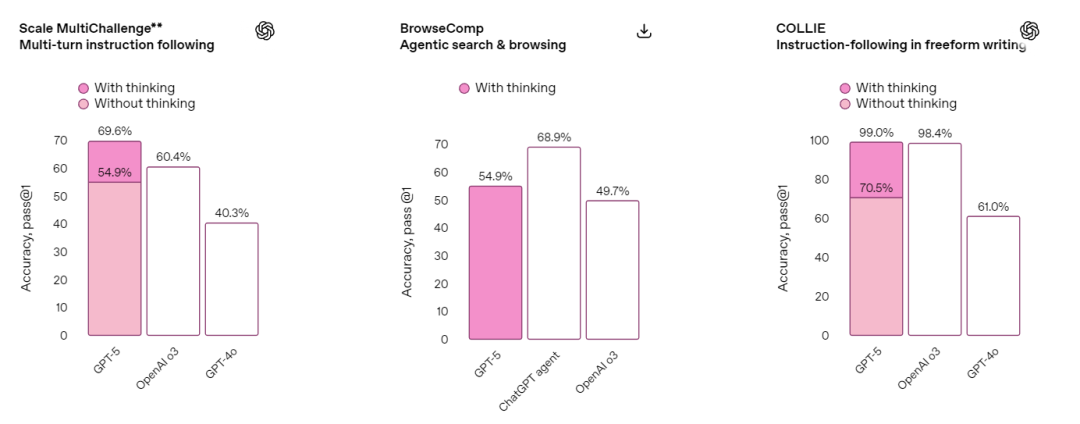
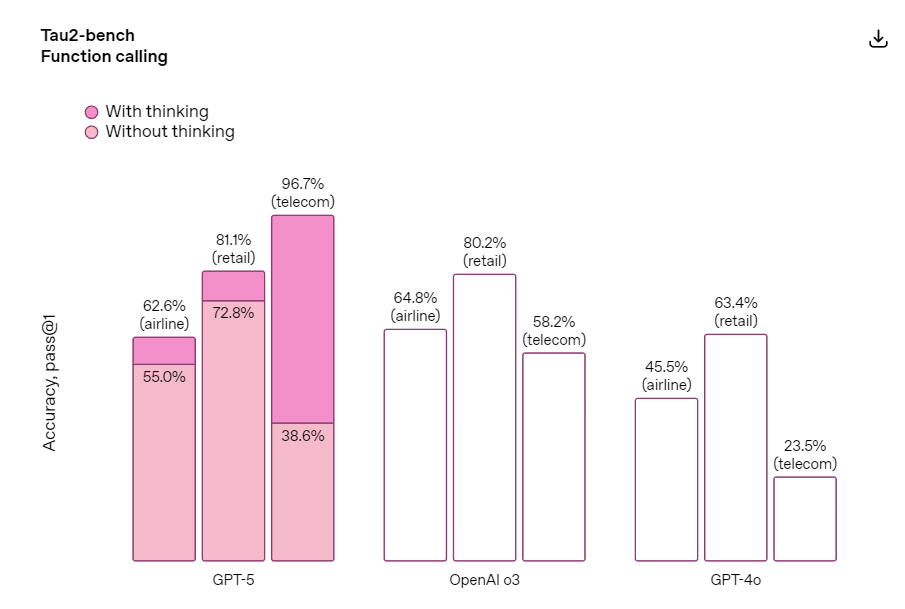
This "end-to-end" capability deals a dimensional blow to the traditional Software-as-a-Service (SaaS) model. Over the past decade, the SaaS industry's core logic has been "defining and solidifying an optimal business process with software". GPT-5's approach is: "You tell me your goal in natural language, and I'll dynamically generate and execute the process for you." This represents a fundamental paradigm shift. The impact of this shift was most vividly demonstrated at the GPT-5 launch event. In a live demo, GPT-5 completed a company data visualization dashboard in just five minutes, a task that would have previously taken a professional team several days. Even more impressive was its autonomy during the process: It corrected real-time bugs, automatically fixed logical errors, and iterated like an experienced engineer. The final interactive dashboard was not only aesthetically pleasing but also had a clear hierarchical structure, enabling decision-makers to easily focus on core data. As one researcher commented post-event: "An experienced human engineer might take several days just to learn and master the latest frameworks required to complete this task." 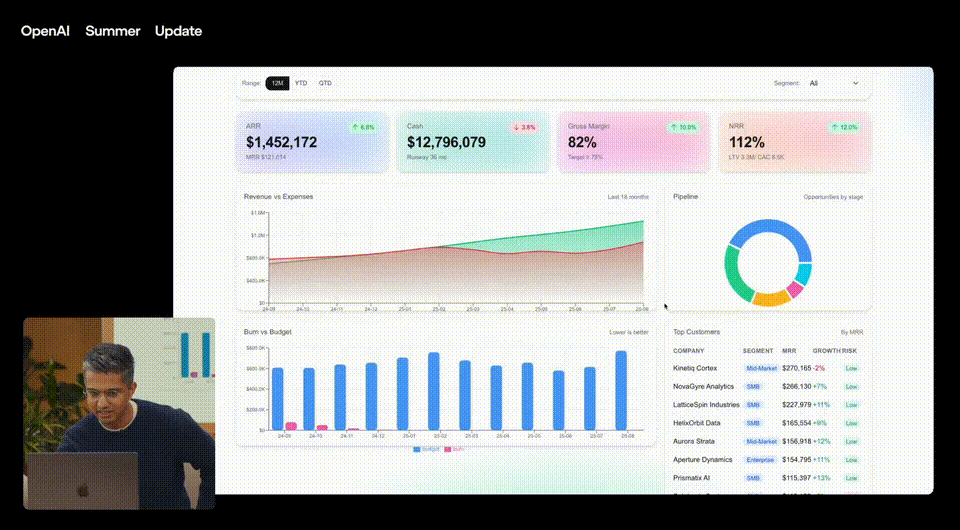 When an AI can accomplish tasks with such efficiency and quality, the value proposition of traditional SaaS tools charging monthly fees for singular functions is rapidly eroding.
When an AI can accomplish tasks with such efficiency and quality, the value proposition of traditional SaaS tools charging monthly fees for singular functions is rapidly eroding.

Public disappointment stems from GPT-5 lacking a "groundbreaking" new feature; however, the perceptive see the revolutionary power stemming from deep-level "evolution". GPT-5 first sparks an explosion in enterprise applications based on "reliability", followed by a profitability inflection point for business models leveraging "economic intelligence", and ultimately, industry disruption and reshuffling fueled by "agents".








